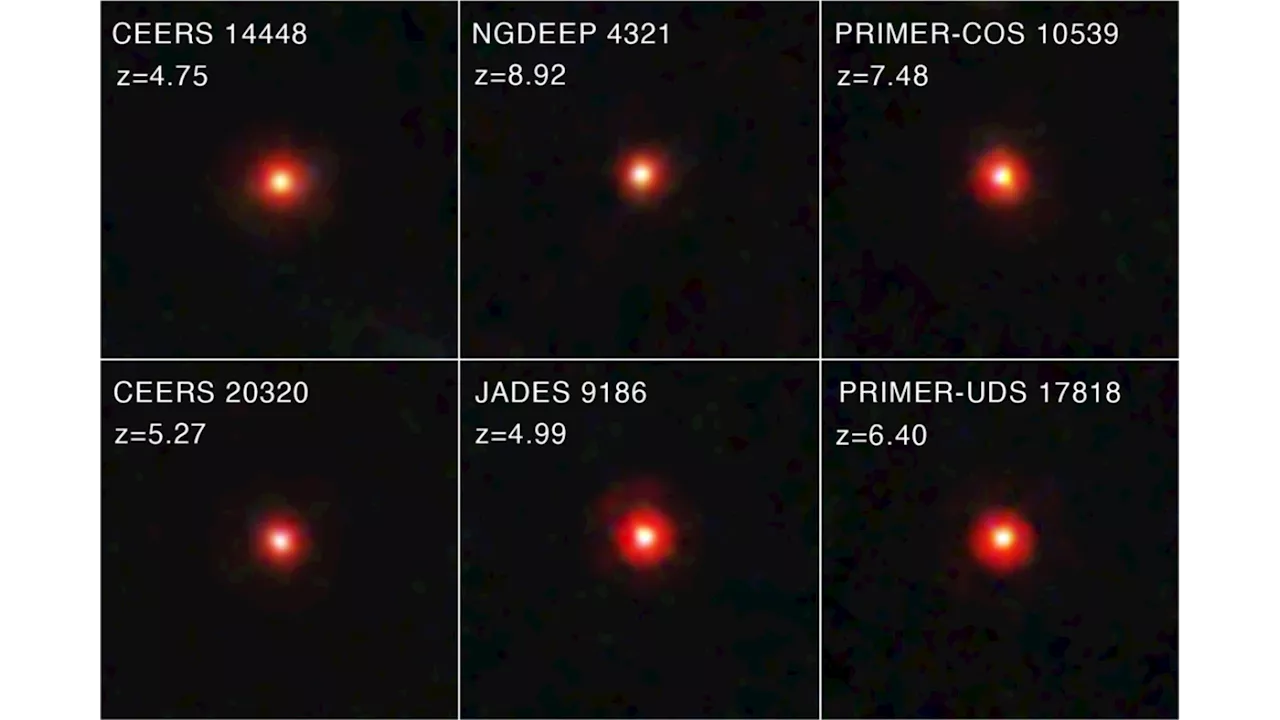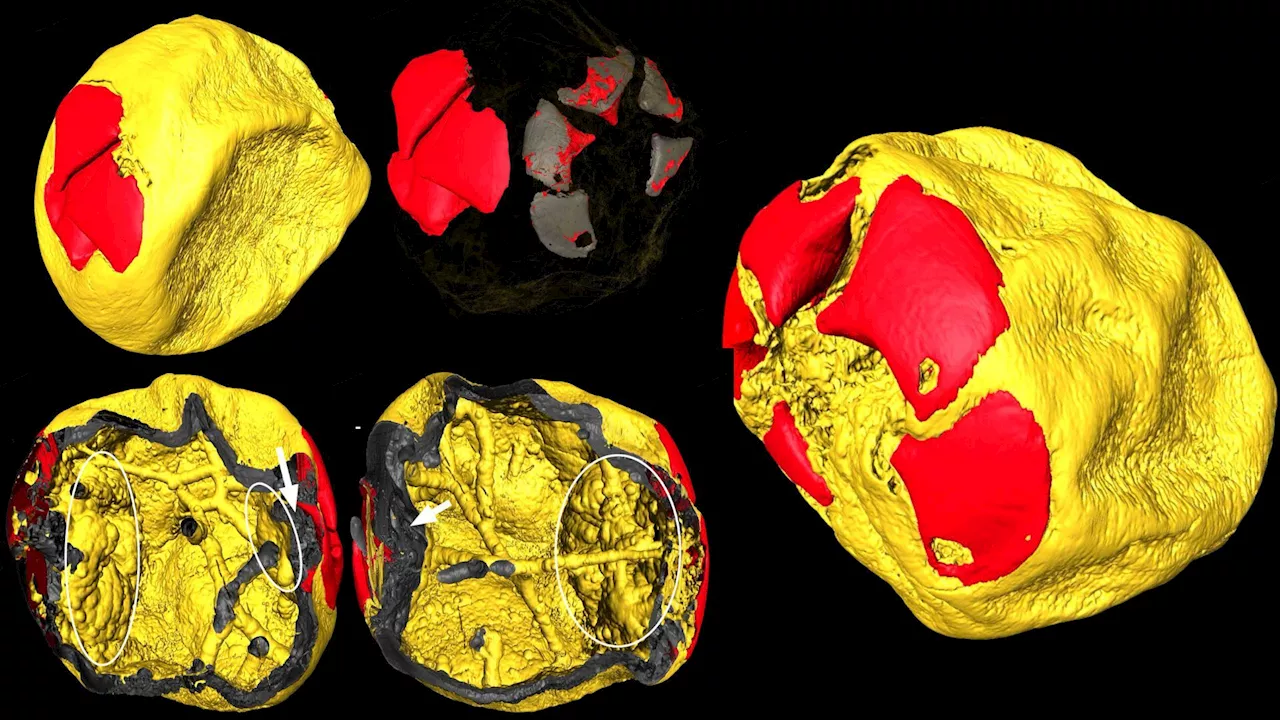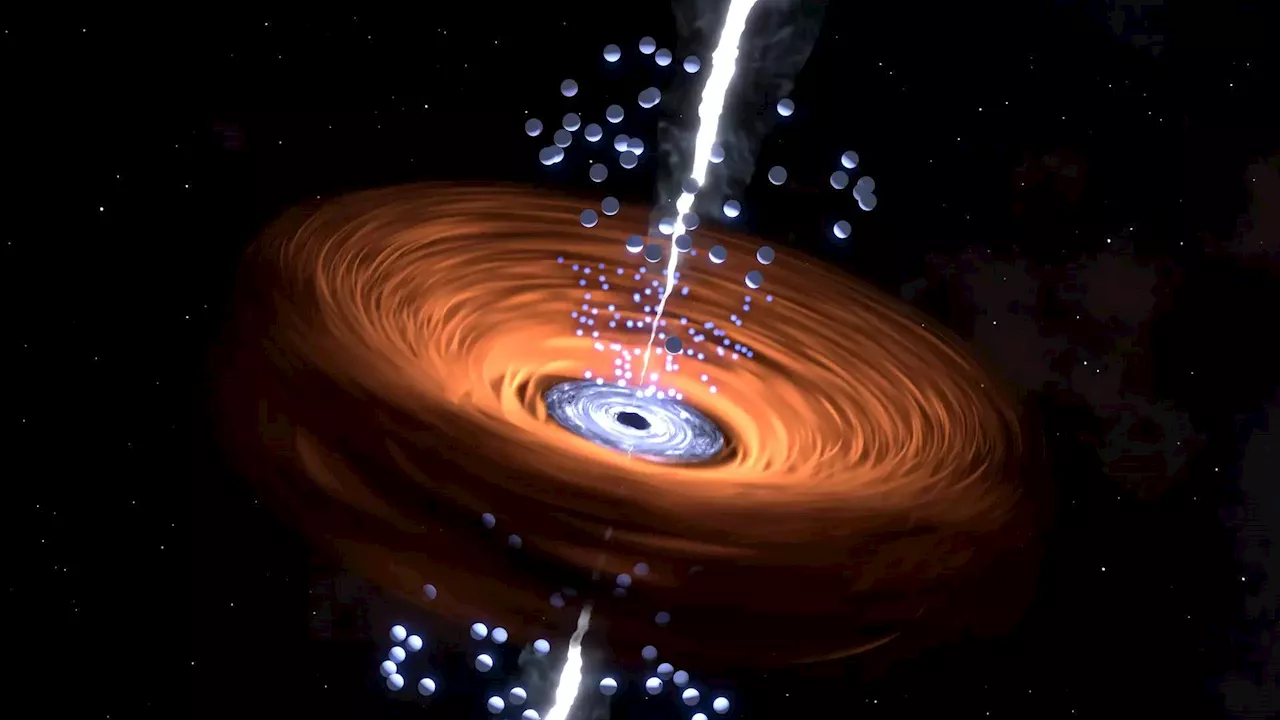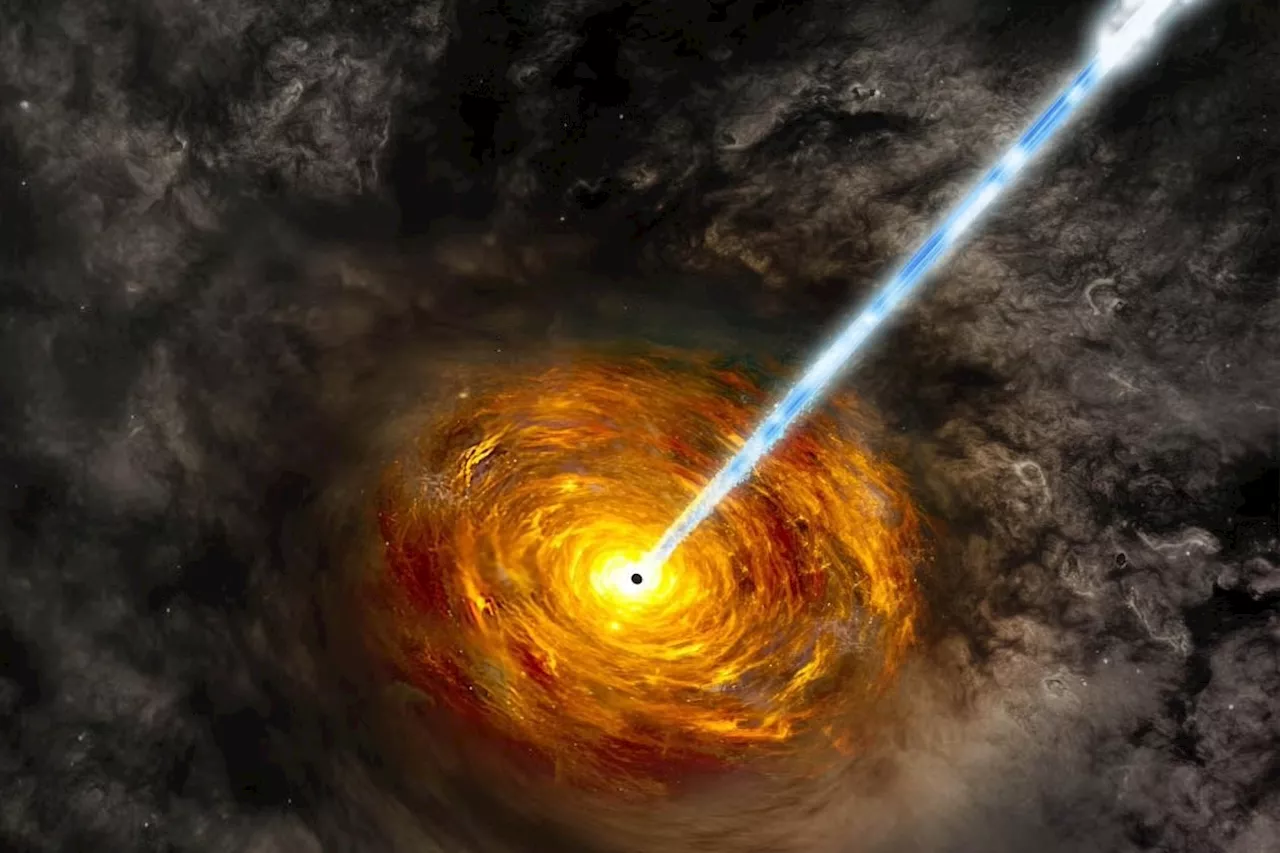A team of astronomers has discovered an early quasar that emitted massive amounts of x-ray radiation, helping to drive the reionization of the universe.
After the Big Bang came the Dark Ages , a period lasting hundreds of millions of years when the universe was largely without light. It ended in the epoch of reionization when neutral hydrogen atoms became charged for the first time and the first generation of stars started to form. The question that has perplexed astronomers is what caused the first hydrogen atoms to charge.
\A team of researchers have observed an early quasar that pumped out enormous amounts of x-ray radiation helping to drive the reionization. The universe began with the Big Bang around 13.8 billion years ago, starting as a hot, dense point that was infinitely small. In the first few minutes, light elements like hydrogen and helium formed, and a few hundred million years later – possibly as early as 380,000 years, the Cosmic Microwave Background (CMB) marked the end of the Dark Ages. Gravity then pulled matter together, forming the first stars and galaxies during the Epoch of Reionization. These early stars ionized hydrogen, making the universe transparent. Over billions of years, galaxies merged and structures formed, with our solar system emerging around 4.6 billion years ago. \The transition between the Dark Age and the Reionization phase has been the subject of study by a team of astronomers from Yale University. They have detected intense periods of brightening and dimming of a quasar about 12 billion light years away. The observation sheds some light on the accelerated rate of growth experienced by some objects in the early universe. The quasar identified by the team goes by the catchy title J1429+5447. It’s found in the constellation of Lyra and is so far away that its light takes 12 billion years to reach us, this means we see it now as it was just 1.6 billion years after the Big Bang. Studying it gives us a real insight into the early evolution of the universe. At its centre is a supermassive black hole which accretes matter and in the process emits intense amounts of radiation across the whole electromagnetic spectrum. The team announced their discovery on 14 January at a meeting of the American Astronomical Society. \Using NuSTAR, an X-ray space telescope to study the quasar they compared their observations with previous studies 4 months earlier using the Chandra X-ray telescope. To their surprise, in just 4 months, the X-ray emissions from the quasar doubled! Meg Urry, Professor of Physics and Astronomy and co-author explained ‘The level fo X-ray variability in terms of intensity and rapidity is extreme. It is almost certainly explained by a jet pointing toward — a cone in which particles are transported up to a million light years away from the central, supermassive black hole. Because the jet moves at nearly the speed of light, effects of Einstein’s theory of special relativity speed up and amplify the variability.” The team believe these early quasars like J1429+5447 provided the energy to end the Dark Ages and herald in the Reionisation period. Their study has revealed how crucial quasars were to the early evolution of the universe
QUASARS DARK AGES RE Ionization BLACK HOLES EARLY UNIVERSE
United States Latest News, United States Headlines
Similar News:You can also read news stories similar to this one that we have collected from other news sources.
 Early Quasar's Explosive X-Rays May Have Ended the Dark AgesAstronomers have observed an early quasar emitting enormous amounts of X-ray radiation, potentially playing a key role in ending the Dark Ages and triggering the Epoch of Reionization. The quasar, J1429+5447, is located 12 billion light-years away and existed just 1.6 billion years after the Big Bang. Its intense X-ray emissions, observed to double in just four months, are likely caused by a jet of particles traveling near the speed of light from its supermassive black hole. This discovery sheds light on the accelerated growth of objects in the early universe and the crucial role quasars played in its evolution.
Early Quasar's Explosive X-Rays May Have Ended the Dark AgesAstronomers have observed an early quasar emitting enormous amounts of X-ray radiation, potentially playing a key role in ending the Dark Ages and triggering the Epoch of Reionization. The quasar, J1429+5447, is located 12 billion light-years away and existed just 1.6 billion years after the Big Bang. Its intense X-ray emissions, observed to double in just four months, are likely caused by a jet of particles traveling near the speed of light from its supermassive black hole. This discovery sheds light on the accelerated growth of objects in the early universe and the crucial role quasars played in its evolution.
Read more »
 Bird Poop Provides Clues to Fighting the Next PandemicHundreds of thousands of shorebirds gather at Delaware Bay each spring to feast on horseshoe crab eggs, providing scientists with a unique opportunity to study the origins of flu viruses. Researchers collect bird droppings to analyze for influenza viruses, hoping to understand how they spread and develop strategies to prevent future pandemics.
Bird Poop Provides Clues to Fighting the Next PandemicHundreds of thousands of shorebirds gather at Delaware Bay each spring to feast on horseshoe crab eggs, providing scientists with a unique opportunity to study the origins of flu viruses. Researchers collect bird droppings to analyze for influenza viruses, hoping to understand how they spread and develop strategies to prevent future pandemics.
Read more »
 James Webb Telescope Reveals 'Little Red Dots' - Clues to Early Galaxy FormationAstronomers studying data from the James Webb Space Telescope have identified hundreds of intriguing objects called 'little red dots.' These compact, reddish objects appear in the early universe and exhibit unusual light signatures. Analysis suggests they may be the building blocks of galaxies and black holes, offering insights into early universe evolution.
James Webb Telescope Reveals 'Little Red Dots' - Clues to Early Galaxy FormationAstronomers studying data from the James Webb Space Telescope have identified hundreds of intriguing objects called 'little red dots.' These compact, reddish objects appear in the early universe and exhibit unusual light signatures. Analysis suggests they may be the building blocks of galaxies and black holes, offering insights into early universe evolution.
Read more »
 Ancient Embryos Reveal Insights into Early Cambrian LifeDiscovery of fossilized Ecdysozoan embryos in China provides new understanding of early animal evolution.
Ancient Embryos Reveal Insights into Early Cambrian LifeDiscovery of fossilized Ecdysozoan embryos in China provides new understanding of early animal evolution.
Read more »
 Lilly Endowment Invests in Early Childhood Development Through Early Years InitiativeLilly Endowment is supporting 68 community organizations in Indiana through its Early Years Initiative, aimed at improving early childhood development for infants through three years old.
Lilly Endowment Invests in Early Childhood Development Through Early Years InitiativeLilly Endowment is supporting 68 community organizations in Indiana through its Early Years Initiative, aimed at improving early childhood development for infants through three years old.
Read more »
 Astronomers Find Vast Water Reservoir Orbiting Distant QuasarA groundbreaking discovery of a massive water reservoir orbiting a quasar billions of light-years away provides insights into the early universe.
Astronomers Find Vast Water Reservoir Orbiting Distant QuasarA groundbreaking discovery of a massive water reservoir orbiting a quasar billions of light-years away provides insights into the early universe.
Read more »
